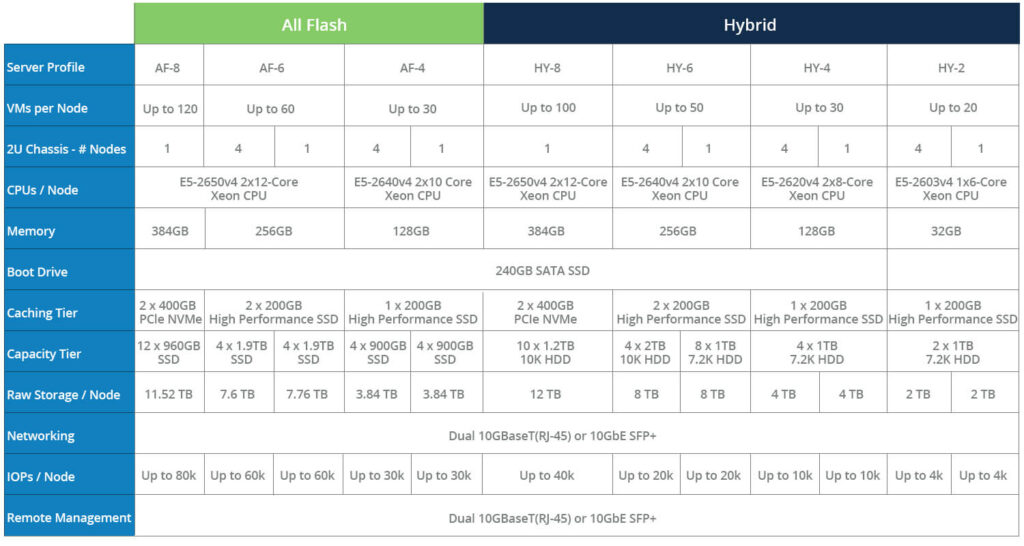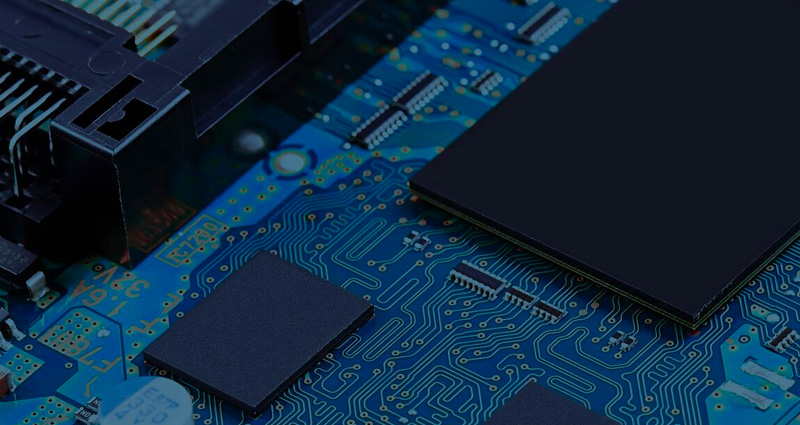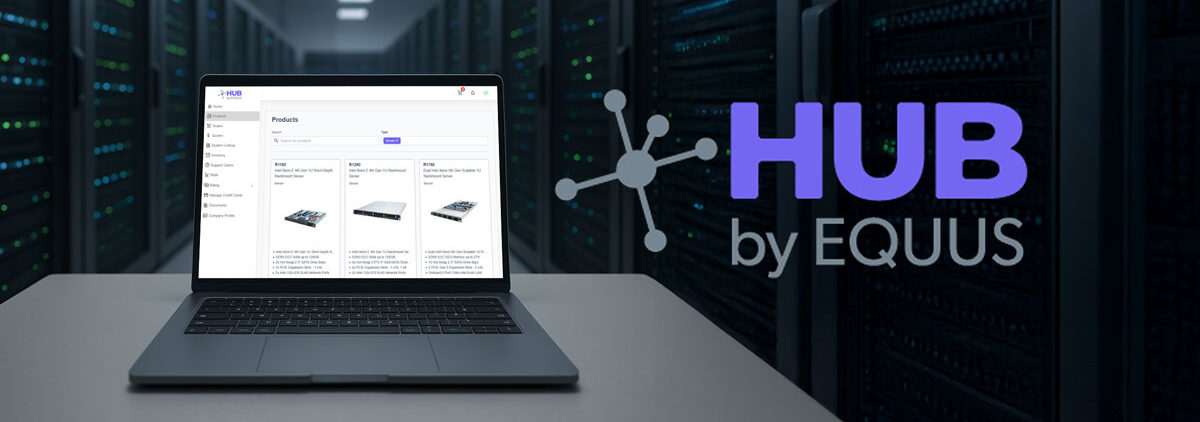Companies who want to run a virtualized environment on VMware have several hardware options available to them. These include Traditional Systems, Converged Infrastructures, and Hyper-Converged Appliances. The pros and cons of each option are highlighted. Cost-effective custom White Box HyperConverged configurations are detailed in the Summary Table.
Traditional System Infrastructures have separate compute, storage and networking components. Management of a Traditional Infrastructure requires training and specialized skills to manage each of the components. This work has typically been done by different organizational silos that creates additional work to get things changed in the environment.
Converged System Infrastructures have separate compute, storage and networking components – same as a Traditional System Infrastructure. What makes them different is they come as a prebuilt system that is validated and tested. Some Converged Systems also come with additional software to simplify managing all the different components. However, system management is still done like Traditional Systems. Also, there are additional management components that come with a Converged System that increases the cost. This makes Converged Infrastructures some of the most expensive to run. There might be specific requirements where a Converged Infrastructure may be a good choice – but always at an extra cost.
Hyper-Converged System Infrastructures use software to manage the Compute, Storage and Network on top of commodity hardware using low-cost components and shared local disk. These systems are easier to manage using Hyper-Converged software like VMware vSphere and vSAN. This software abstracts the Compute, Storage and Networking components and makes them easier to manage without requiring networking and storage specialist staff like Traditional or Converged Systems. Another benefit to Hyper-Converged is this infrastructure can be scaled up in small components when desired – by adding as little as one node at a time. A drawback to Converged and Hyper-Converged Systems is when you need to add system resources. Guidelines suggest to add new Compute and Storage at a set ratio. However, if you need more storage than compute – or more compute than storage – then you end up with unused resources in the system. How do you avoid this problem? Use custom cost optimized configurations.
Equus has designed preconfigured VMware vSAN hardware solutions based on VMware’s Virtual SAN Hardware Quick Reference Guide. These include: All-Flash, or Hybrid and 2U Single Node or 2U Four Node systems to run vSAN in VMware environments. If your environment is compute or storage heavy, Equus customizes a configuration to match your specific needs – enabling you to optimize all your System resources.
These 8 vSAN certified Hyper-Converged White Box configurations offer a wide range of performance options. Each system is customized for cost optimization and ease of maintenance.









